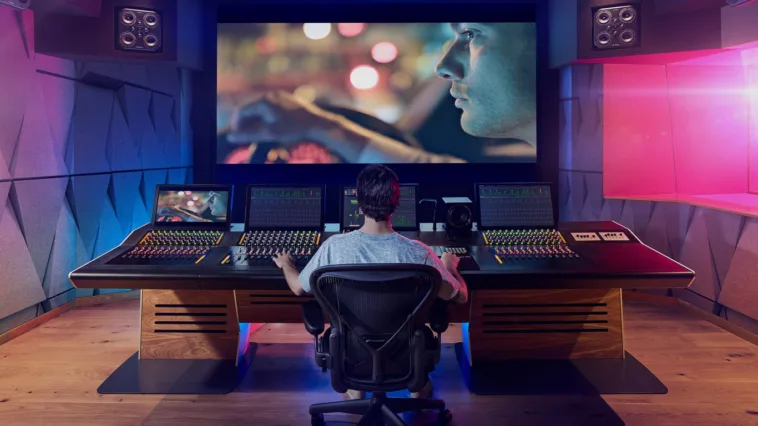One crucial element that can make or break your video is transition effects. Knowing when to use these effects can make a big difference in the flow of your videos and keep your audience engaged.
But with so many options of effects to choose from, picking the right ones can be tricky. That is why we are sharing this guide with you, where we will explore some popular transition effects and the best times to use them!
But first, let us start from the basics.
What Are Transition Effects?
In video editing, transition effects connect one shot (scene) or video clip to another. These effects play a crucial role in maintaining the flow of your video, helping to convey the right mood, and ensuring a seamless viewing experience.
Transition Effects You’ll See Most Often
1. Straight Cuts
Video editors commonly use this effect for a clean and direct transition. It involves a direct cut from one scene to the next. It’s perfect for fast-paced edits, maintaining a sense of urgency and keeping viewers on the edge of their seats.
You can use cuts to create a montage of action sequences or to deliver a rapid-fire series of interview sound bites.
2. Fade In/Fade Out
Editors often use fades to signify the beginning or end of a video or scene.
- Fade In: This transition gradually increases the visibility of a scene from black (or another color).
- Fade Out: This transition gradually decreases the visibility of a scene to black (or another color).
Fades work well for emotional and dramatic scenes. You can also use them to reflect an actor’s consciousness, like fading out when they go to sleep or fading in when they wake up.
3. Cross-Dissolves/Cross-Fades
This transition effect involves overlapping two clips, where the first clip gradually fades out while the next clip fades in. This is like a mix of a cut and a fade.
During a cross-dissolve, both clips are partially visible for a short duration, creating a dissolving effect where the first image gradually disappears as the second image becomes more noticeable.
You can use this effect to show a passage of time or a location change. For example, imagine you have two scenes: one of a sunset and the next of a night sky. Using a cross-fade, you can create a seamless transition between these two scenes. As the sunset fades, the night sky gradually comes into view, suggesting the passage of time from day to night.
4. Wipes and Slides
Do you remember how some cartoons like Tom & Jerry switched scenes with a small circle in the center of the screen that expanded outward to reveal the entire scene? That is a wipe transition in action!
Wipes make one shot replace another through a pattern or shape, such as a line, circle, or heart moving across the screen.
On the other hand, slide transitions shift one scene horizontally, vertically, or diagonally to reveal the next.
You can use wipes and slide transitions in:
- Real estate videos to transition between various rooms in a house.
- Explainer videos to transition between features of your new mobile app effortlessly.
- Action sequences
- Dynamic corporate presentations
- Introducing contrasting scenes
5. Zoom
This transition effect creates an impression that the camera is zooming in on one scene and then zooming out. Editors often use this transition to focus on a specific detail or to create a dramatic reveal.
This effect is best suited for documentaries or educational videos that aim to draw attention to a particular subject or object.
Finally, Don’t Let Your Edits Get Lost in Translation
Remember, the best transition effect is the one that serves your story.
Use them strategically to enhance your storytelling, not distract from it.
Ready to upgrade your video editing game?
Contact us today to discuss your next project and see how we can bring your vision to life!
You May Like To Read:
How We Add Effects to Elevate Post-Production Results
